
Saluda Riverwalk
South Carolina Department of Natural Resources
In Partnership with
City of Columbia Parks and Greenways
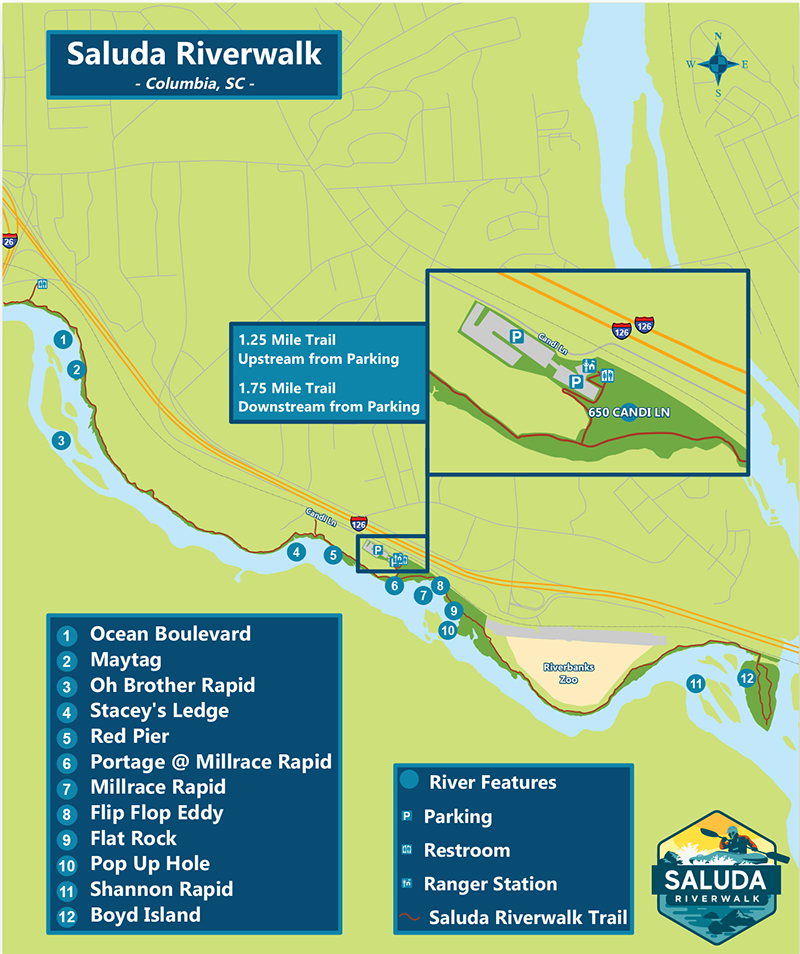
Park Information
Park Hours: 6 a.m. to 9 p.m.
To contact ranger on duty call: 803-397-6556
Park Rules:
- No alcohol.
- No grills or fires.
- Dogs must be always on leash, and pet waste must be bagged and placed in the trash.
- No motorized vehicles on trails.
- No fishing from the boardwalk or bridges.
- No camping.
- No trespassing on inland side of trail.
About the Park
- Saluda Riverwalk was formally established as a city park June 2021. Even before this park was formally established, it has been a recreational playground for several years. This is a perfect location for kayakers and tubers to paddle and float along the river.
- Along the trail you will walk underneath a bridge connecting the Riverbanks Zoo and Botanical Gardens. This bridge is not the first Saluda River bridge. The original Saluda River bridge was built in 1819. However, it was burned down in 1865 by retreating confederate soldiers as an attempt to slow down the advancing union soldiers. Remains of the original bridge and pier foundations are still visible today.
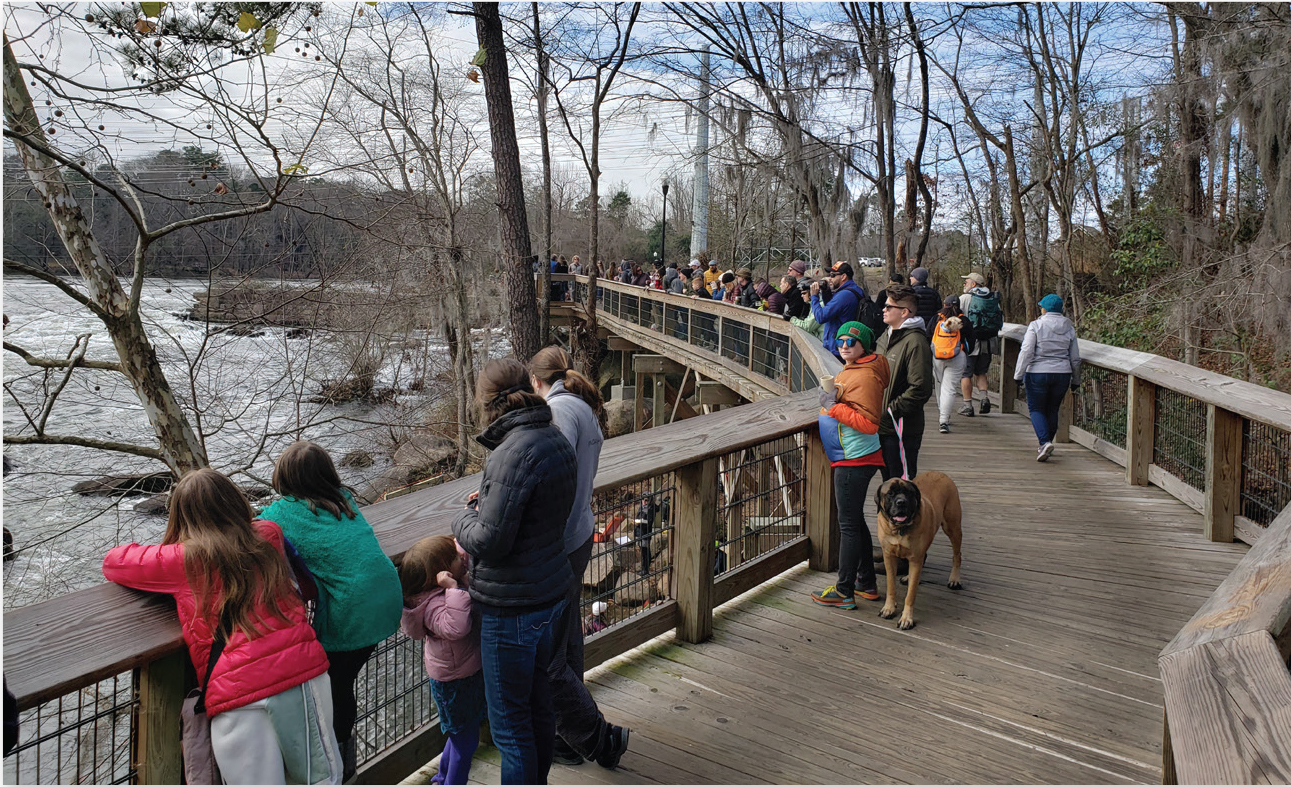
Fishing the Saluda
Fishing is allowed at the park, and SCDNR works to keep the Saluda River stocked. Due to the cold water that flows here, this river is a great home for trout, smallmouth bass, and catfish!
To purchase a fishing license, visit Go Outdoors SC
Fauna
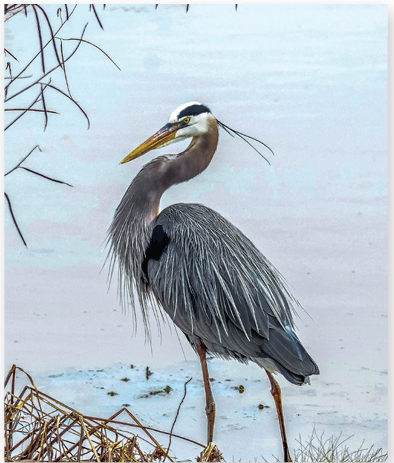
Great Blue Heron
- Description: Grayish-blue with a long neck and orangish-yellow bill.
- Diet: Highly adaptable. Mostly eats fish, but will also eat small birds, frogs, or even turtles.
- Lifespan: 15 years
- Habitat: Near swamps, ponds, lakes, and inlets. Freshwater and saltwater habitats.
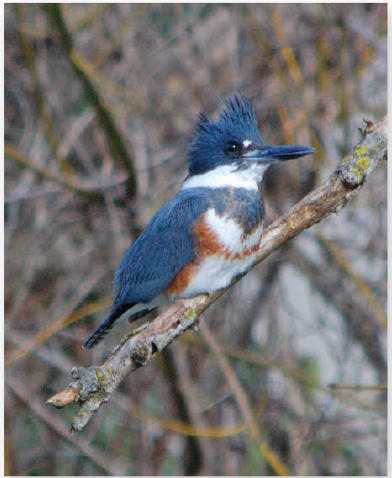
Belted Kingfisher
- Description: Small, blue-gray body, with white chest and band of blue and rusty orange.
- Diet: Small fish, lizards, frogs, and sometimes small mammals.
- Lifespan: 14 years
- Habitat: Near any waterside habitat including both fresh and saltwater bodies.

Otter
- Description: Typically, all brown bodies.
- Diet: Otters are known to eat almost any animal matter found in aquatic systems including crayfish, crabs, mollusks, fish, turtles, and waterfowl.
- Lifespan: Around 9 or more years.
- Habitat: In South Carolina, otters are found in each of our major river drainages but are most abundant in the coastal marshes and blackwater swamps.
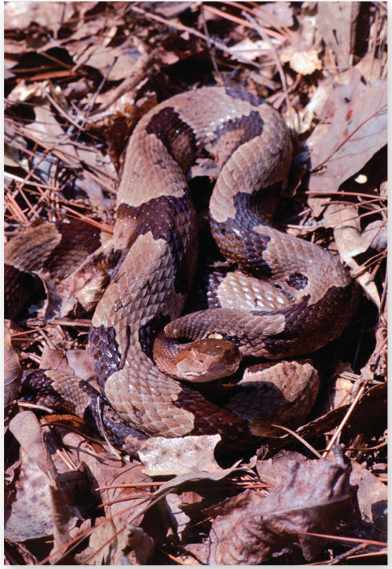
Copperhead Snake
- Description: Coppery colored body with chestnut brown crossbands. Arrowheadshaped head, and between 2- and 3-feet in length.
- Diet: Small to medium sized animals like rodents, birds, and even other snakes.
- Lifespan: 18 years.
- Habitat: In South Carolina, they are found in both dry, wooded areas and lowlands near water.
Flora
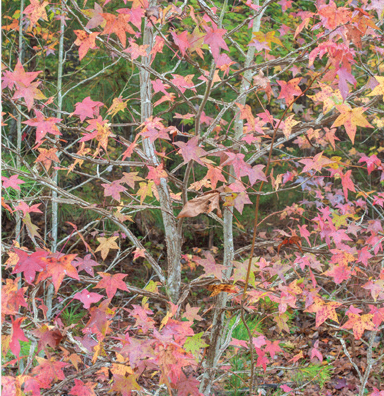
Sweetgum
- Star shaped leaves with a sweet fragrance when crushed.
- Seeds are spikey ball-shaped fruits.
- The bark was used by Native American people as medicine.

River Birch
- Egg-shaped leaves with double serrated margins.
- Young river birches will shed their outer bark in papery curls, while older river birch trunks will develop scaly bark.
- Wild river birch will grow near outer banks of streams and rivers.
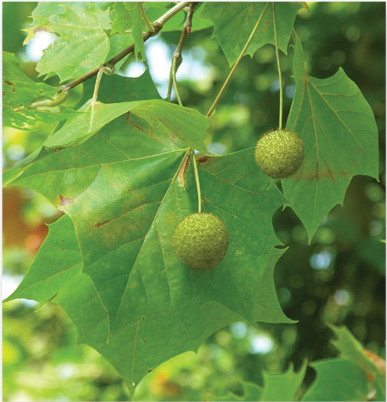
American Sycamore
- Exfoliating bark that peels off revealing various hues of gray and white.
- Leaves are large and rounder than the River Birch, with five lobes, each ending in a point.
- Seeds are like the sweet gum, as there are also round spiky balls of fruit.
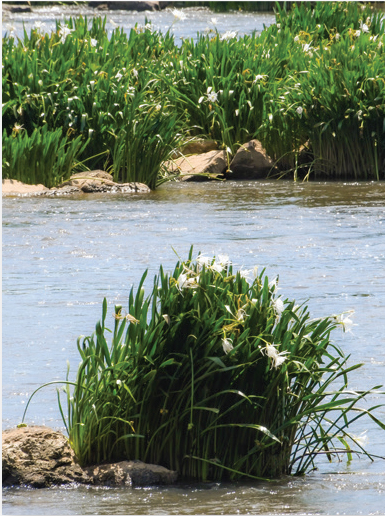
Rocky Shoals Spider Lily
- Inhabits shoals and rapids in piedmont streams.
- This species is white with a yellow center, with spear shaped exterior petals stretching outward.
- Native to South Carolina; however, it is rare. Development practices of humans have caused the number of these flowers to reduce drastically.
Contact SCDNR Community Engagement
Contact SCDNR Community Engagement at 803-734-3729, en Español al 803-734-9885. For email inquiries or to sign up for our newsletter, contact us at: informacion@dnr.sc.gov.
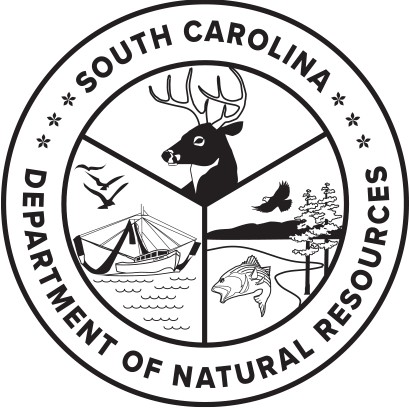
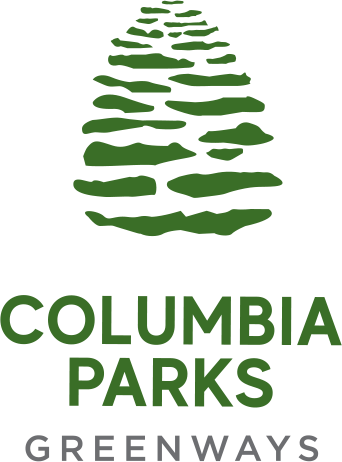

The South Carolina Department of Natural Resources prohibits discrimination on the basis of race, gender, color, national origin, religion, disability or age. Direct inquiries to the Office of Human Resources, P.0. Box 167, Columbia, S.C. 29202.


